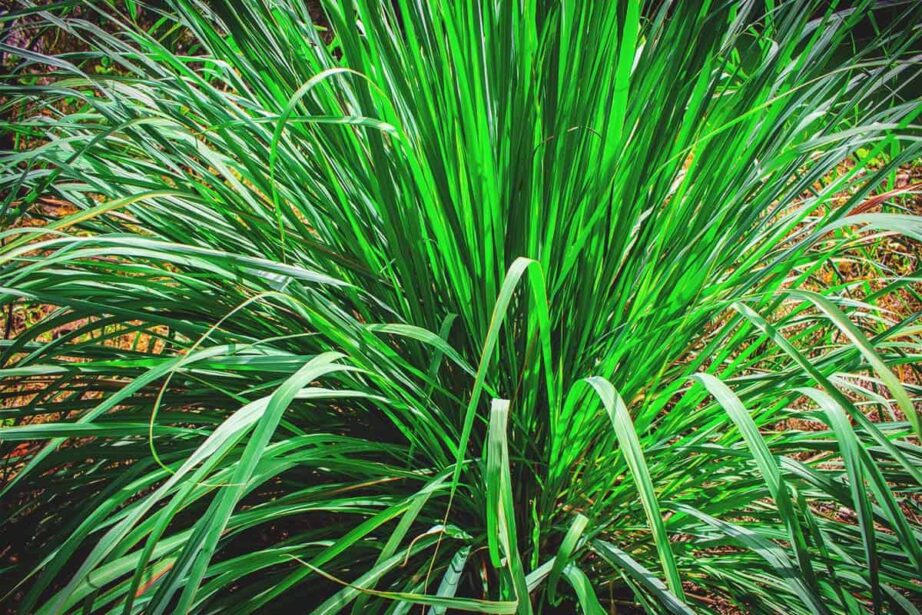It’s one of those plants that’s underappreciated – both in cooking and in the garden. But if you aren’t growing lemongrass, you should be. Even people who live in cold climates can grow this tasty herb, and you can use it more than just Thai cooking. It flavors desserts, can be used in tea, and you can use it to scent candles or soap.
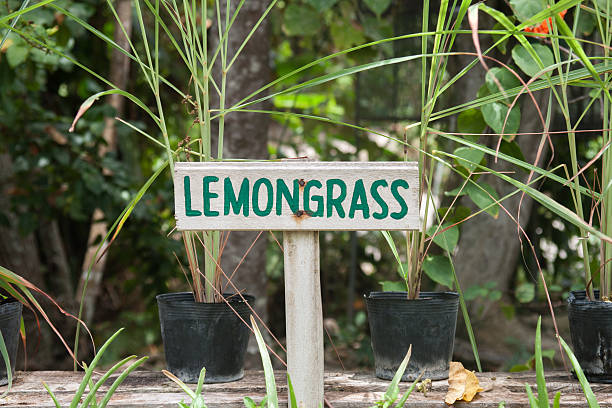
I used to loathe lemongrass. The flavor was overpowering, and I felt it ruined any dish I included it in. Now I know better. Today, it’s one of my favorite ingredients for making broths and stir-fries.
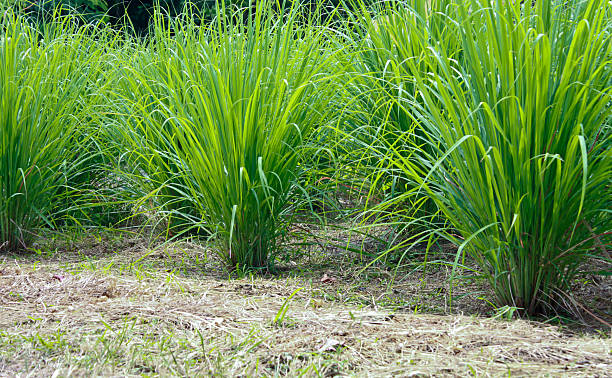
It’s funny how many ingredients I’ve sampled, hated, and changed my mind about. I used to be unable to tolerate sushi — even vegetarian rolls without any raw fish! Now, I’m a sushi fanatic.
I’m fascinated by how the palate changes over time, and if you’ve decided you dislike lemongrass, I urge you to give it another chance. It lends dishes a subtle lemony flavor that’s impossible to replicate and it can help keep pests out of the garden.
What is Lemongrass?
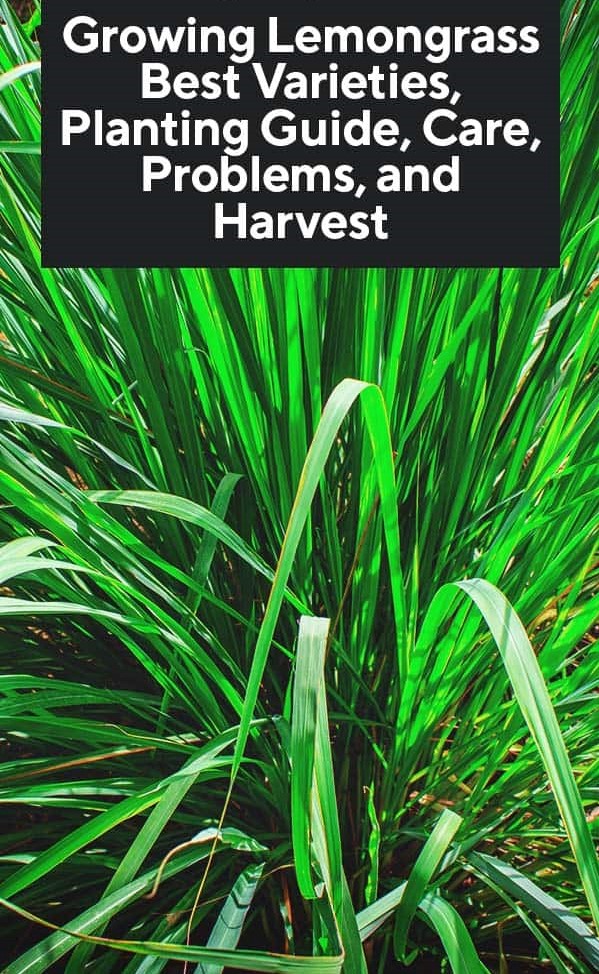
Lemongrass is a tropical plant you often find in Thai cuisine. It doesn’t tolerate cold weather or frost and will die if exposed to temperatures below 15°F. Why bother growing it at all (especially if you’re not in the right climate)? Lemongrass is tough to find outside of specialty grocery stores, so if you’re a fan of certain dishes that contain the pungent stalk, you’re out of luck.
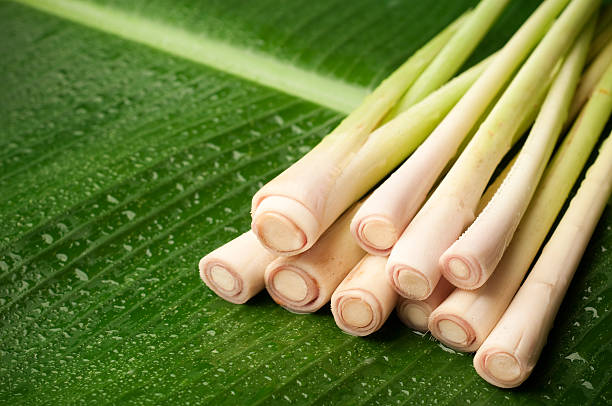
In addition to growing it for its culinary uses, plant lemongrass to enjoy its citrusy flavors and reap the benefits of its pest repelling qualities. You can even make citronella mosquito repellents if you plant the right type.
Even though it’s a bit finicky when it comes to the weather, lemongrass is relatively easy to grow in the right conditions. Once established, it’s quite easy to care for.
Lemongrass Varieties
You’d be hardpressed to figure out which type of lemongrass is sold at your grocery store or specialty market, but there are indeed a few different kinds of lemongrass.
- East Indian: An heirloom variety that contains many essential oils with medicinal benefits. Hardy in zones 9 to 11.
- West Indian: This variety is the most popular cooking variety and is often used in Thai and Vietnamese cooking. It’s also sometimes called Ornamental Lemongrass. It grows in zones 10 to 11. In zones 8+ roots may go dormant in colder weather, and the plant often returns the following season.
- Citronella: A type of lemongrass that’s used to produce the citronella oils used in candles and other mosquito repelling items. Hardy in zones 10 to 12.
- Java Citronella: A compact form of lemongrass with yellowish and reddish foliage. Hardy in zones 9 to 11.
Sun Requirements
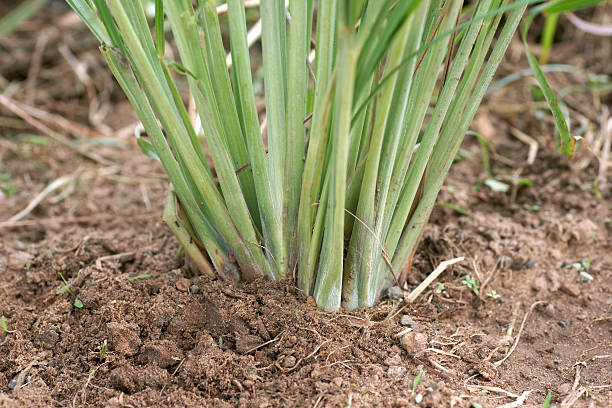
Lemongrass needs full sun and likes it hot, so if you live in an area with wildly fluctuating temperatures, keep an eye on weather reports and provide protection as needed when nighttime temps are lower than usual.
Soil Requirements
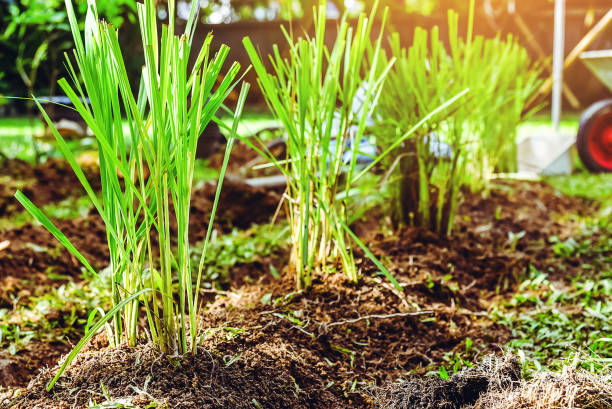
Lemongrass needs loamy soil with a pH between 5.0-8.4. The soil should be fertile and well-draining, so work in at least 2 inches of compost before planting.
Starting Lemongrass
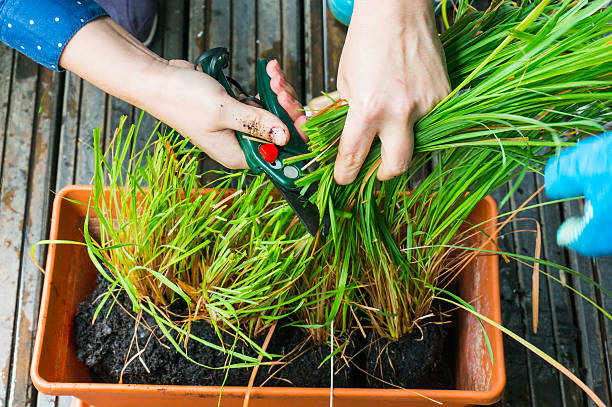
The easiest way to start lemongrass is by attempting to re-root a leftover stalk from the supermarket. If you don’t have lemongrass available at your local grocer, you’ll have to resort to starting from seed or searching local nurseries for a potted seedling.
To re-root a stalk, you need a bit of water. Place a fresh stalk in a shallow bowl of water and set it somewhere where it’ll be exposed to sunlight. Over time you’ll notice tiny roots developing. Wait until the roots are well developed to pot up the stalk. Plant when soil temps are warm.
Starting by Seed
Starting lemongrass from seed is a bit challenging. Start it early in time for planting out, which should be around the time when temperatures at night stay steady at around 50°F. Use a heating mat because lemongrass comes from the tropics.
Germination can take anywhere from 5 days to up to 3 weeks. An evenly moist environment is necessary for adequate germination.
Hardening Off
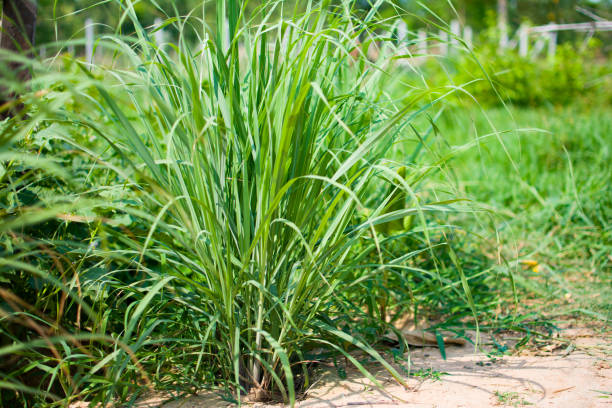
Hardening off is imperative with a plant such as lemongrass because it’s so tender and sensitive to cold temperatures. Take your time hardening off seedlings to avoid killing your baby plants. Give it at least 10 days of transition.
Spacing
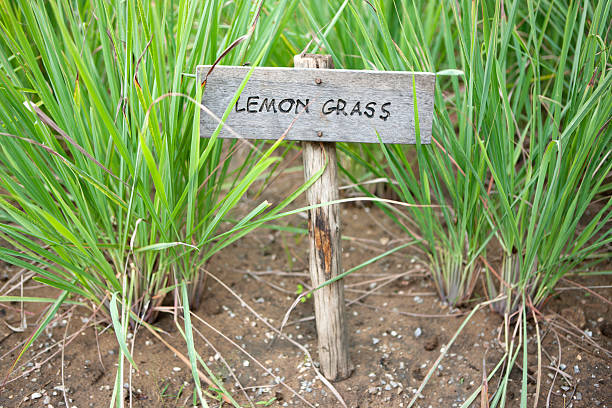
Plant lemongrass 24-36 inches apart.
Overwintering
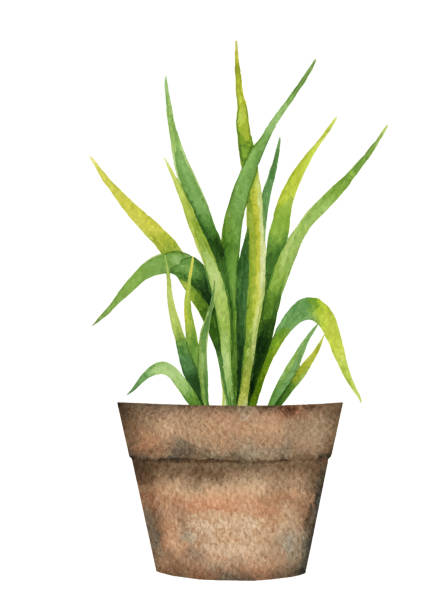
If you plan to overwinter your plant indoors, dig up a portion of your lemongrass plant in the late summer, prune the leaves down, and re-pot. Place the potted plant in a sunny, warm location inside your home.
Once the weather warms next year, you can replant it outside. If you decide to keep a potted lemongrass plant (inside or out) be sure to divide and re-pot it at regular intervals to accommodate the plant’s growing root system.
Once you’ve got your lemongrass plant potted indoors or planted outside, keeping it alive is a low maintenance affair. An established lemongrass plant requires little attention, aside from regular watering.
Caring for Lemongrass
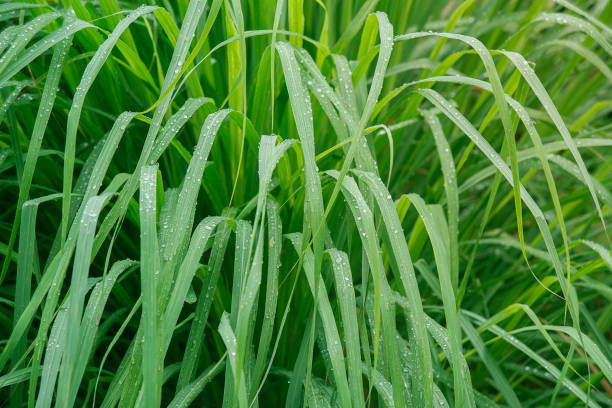
Watering
Water regularly but avoid planting in locations where water tends to pool. Lemongrass will rot if left to sit in standing water. Lemongrass prefers humid tropical conditions, but the amount of watering required really depends on your region and your garden’s soil type (e.g., sandy vs. loamy). You want to let the top 1/2-inch of soil dry out between watering. During the winter season, cut back watering significantly.
Fertilizing
Fertilizing with a high nitrogen fertilizer once each month during the summer.
Mulching
Mulching isn’t recommended unless there is a severe drought.
Pruning
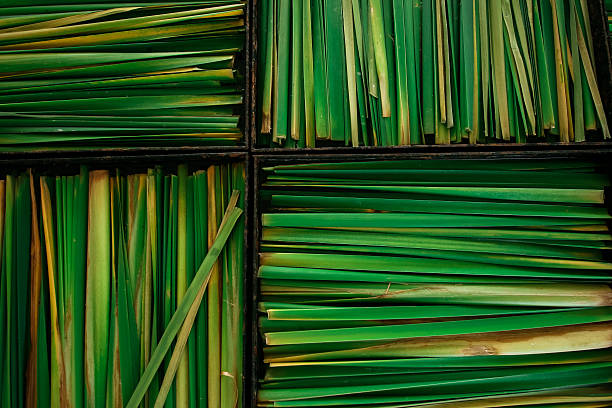
Prune the leaves from the stalk when re-potting your plant for overwintering. Prune leaves once in a while to keep a neat and tidy appearance. Plants grow large – up to 6 feet in height – if they’re not pruned regularly. To avoid a messy garden appearance, it’s best to haul out the pruning shears occasionally.
Regular harvesting is not usually enough to keep a lemongrass plant in check. Before removing healthy plant material, focus on trimming dead leaves and stalks. It’s okay to prune a lemongrass plant heavily, it shouldn’t cause any harm.
Problems with Lemongrass
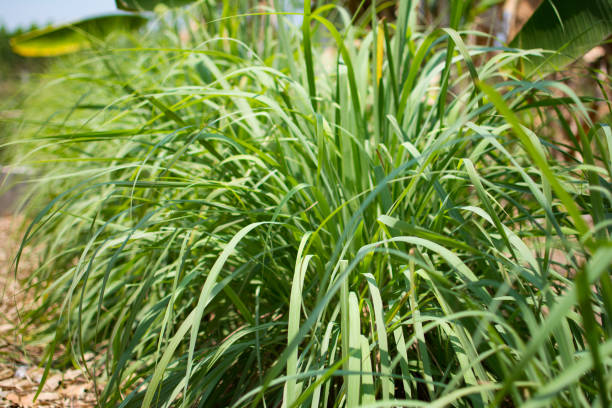
This strongly scented plant has few problems, especially when it comes to pests. The pungent odor is a successful pest repellent. Plant lemongrass to keep mosquitoes and other garden pests from taking up residence. Although it’s relatively problem-free, here are a few issues you may encounter with lemongrass:
Browning leaves

If your once luscious plant is starting to turn a nasty shade of brown, it’s a sign that there’s something wrong. Unfortunately, it could be several issues. Are you watering enough? Or is the plant sitting in a pool of water and rotting away? Does your plant need nutrients? It may be worth fertilizing.
Rust
Lemongrass plants may pick up rust that browns the leaves and slowly kills the foliage. It’s common where there’s high humidity, and the fungal spores have gotten on the leaves somehow (usually from splashing). It’s possible to save a plant from this type of infection by getting rid of diseased leaves and applying a fungicide.
Red Leaf Spot
Red leaf spot attacks grasses, including lemongrass. It causes small, sunken lesions on the plants. The disease thrives in humid areas when it’s warm during the day and cool at night. To control it, keep plants well-spaced, irrigate deeply at the base of plants, and use a fungicide if things get bad.
Blight
Another cause of browning foliage is blight – a common plant disease that causes brown spots to develop on leaves. Pruning and application of fungicide are possible treatment options.
Mites
Pest infestations are more likely when lemongrass is growing indoors. Inspect your plant for mite activity and spray with homemade pest spray as needed.
Companion Planting for Growing Lemongrass
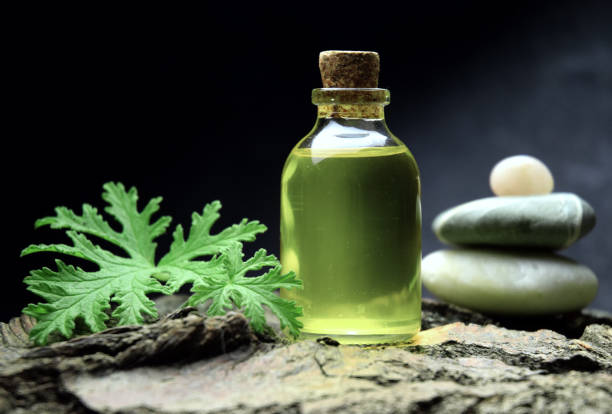
Lemongrass is a great companion for other fragrant garden herbs and plants. Plant lemongrass next to plants with pest issues (e.g., whitefly infestations). You may also plant lemongrass next to herbs and vegetables that you plan to cook together.
The best companions for lemongrass have similar growth requirements or culinary uses.
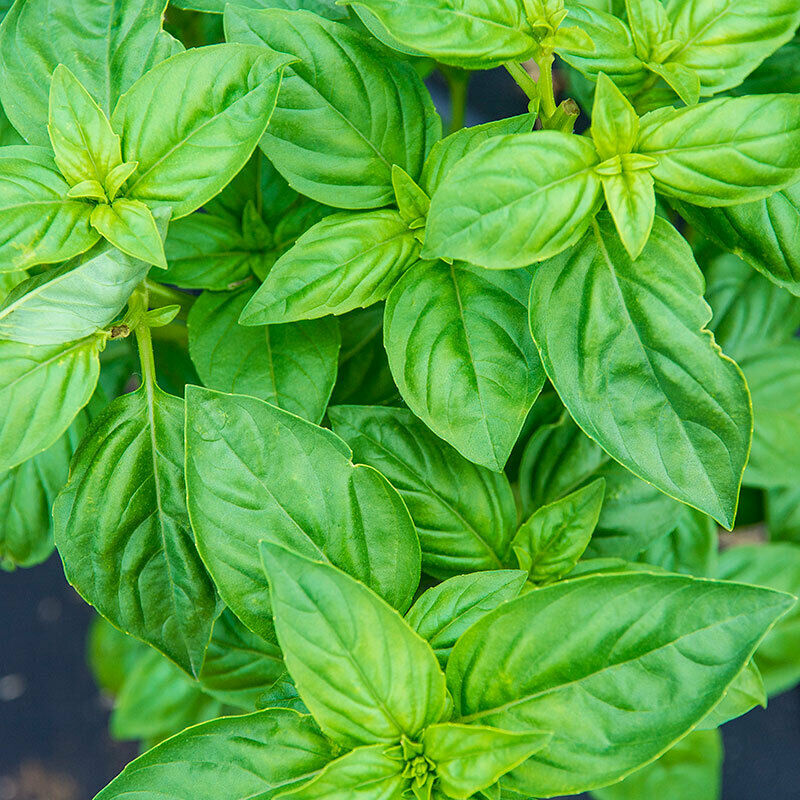
- Cilantro
- Echinacea
- Basil
- Lemon verbena
- Thyme
- Mint (and other mint relatives)
- Tomatoes
- Peppers
- Tomatillos
- Marigold
- Sage
- Lavender
Be wary of planting lemongrass too close to plants with extensive root systems since lemongrass has a hefty root system of its own. Don’t plant with fennel.
Harvesting Lemongrass
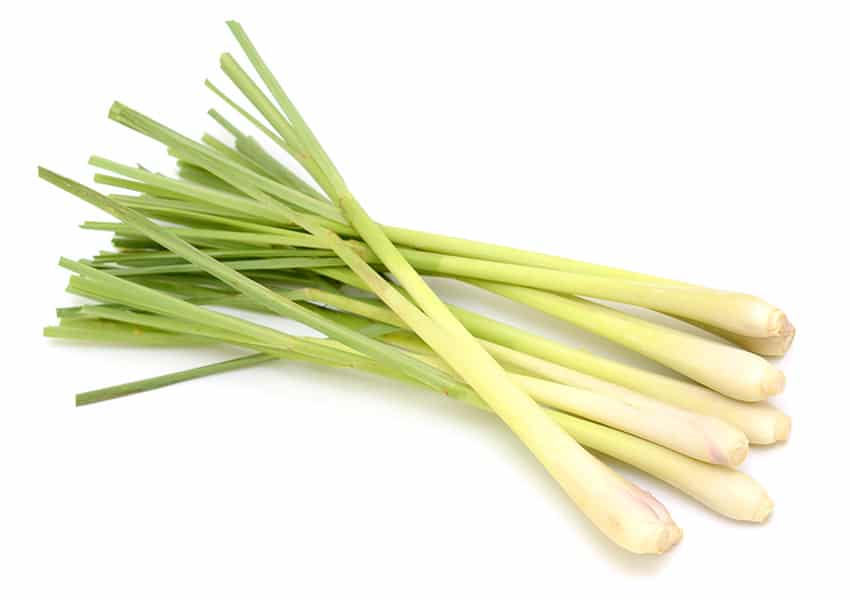
You can harvest lemongrass once it has produced thick stems. Then, take stems whenever you need them. Simply cut stalks that are at least a half-inch thick and use them for fresh cooking. If your lemongrass plant is relatively large, it may be wise to divide the plant and give stalks away to other gardeners.
Using Lemongrass
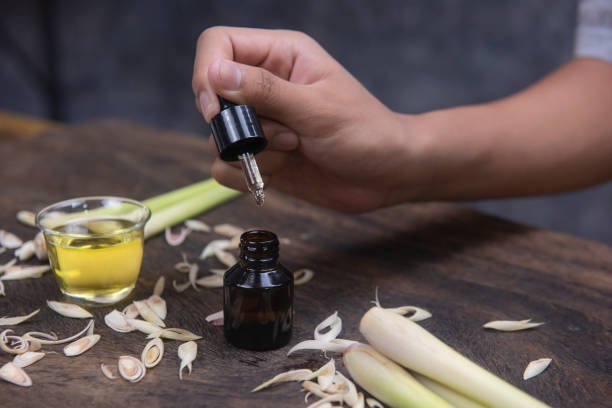
Lemongrass is an incredibly aromatic ingredient, so use it sparingly to flavor soups, stews, and stir-fries. Lemongrass also makes excellent tea. I’m a fan of using lemongrass to add a hint of flavor to things like steamed rice or broth.
Add it whole as a flavoring ingredient and remove it before eating. Slice it thin if you plant to leave it in the dish, because it can be tough.
Lemongrass can store in the fridge for several weeks if you wrap it loosely in cotton cloth. You can also freeze it and store it for months.
The Bottom Line

Obviously, if you love Thai foods, you need to be growing lemongrass. But even if you don’t, it’s awesome as a soap or candle flavoring or to make a lemony tea.
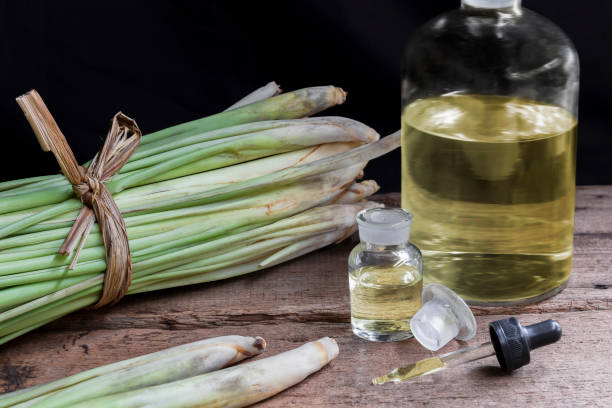
It repels pests in the garden, so plant it next to things that tend to suffer from infestations from white flies and nematodes. Then tell us what you love best about this tasty herb.
I USUALLY HAVE THIS PLANT FOR SALE AS SECTIONS REMOVED FROM MY INGROUND MOTHER PLANTS CONTACT ME>> HERE



